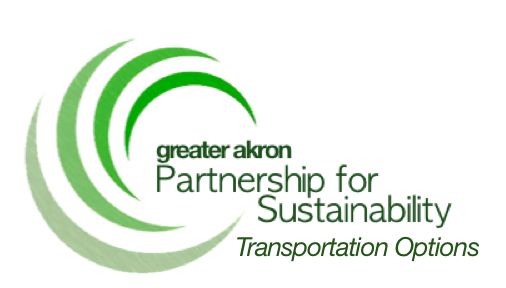The following is the draft write up about climate change to be included in the Plan. It highlights the growing concern about climate change, as well as discussing how recommendations contained in the Plan help alleviate CO2 emissions. The write up will be included in the “Transportation Issues” section of the Plan that precedes the Plan’s recommendations.
Climate Change
AMATS recognizes the growing public concern regarding the issues of carbon dioxide emissions (CO2) and climate change. Currently, AMATS is not required to model CO2 emissions from transportation sources, and no prevalent methodology exists for accurate modeling. Over the next several years it is likely that the federal government will enact stricter standards and regulations regarding CO2. AMATS is working closely with the Ohio Department of Transportation, Akron Regional Air Quality Management District (ARAQMD), the Ohio EPA and the USEPA to prepare for possible changes in air quality standards and their resulting impacts on the regional transportation planning process..
While Transportation Outlook does not directly quantify greenhouse gas emissions, many recommendations included in the Plan do help reduce CO2. Transit recommendations including better service, new cleaner buses, and park and ride lots will aid in reducing CO2 emissions. AMATS also continues to operate the OhioRideshare Program, which promotes carpooling to reduce the number of vehicles on the road.
AMATS also supports smart growth management principles as an effective way of reducing carbon emissions. Land use planning for the last 60 years has focused on separating land uses and decreasing development densities. More recently on the national level, some focus has returned to developments which incorporate different land uses in the same vicinity. The advantage of this is that people are not required to use an automobile for every trip because the development’s layout encourages walking, biking and transit. Smart growth principles can reduce vehicle miles traveled, conserve energy and in turn reduce carbon emissions. AMATS supports local communities using smart growth management in future developments
The staff is requesting approval of the draft climate change text. This text will be included in the final version of Transportation Outlook.
Read the AMATS Packet documents here.



